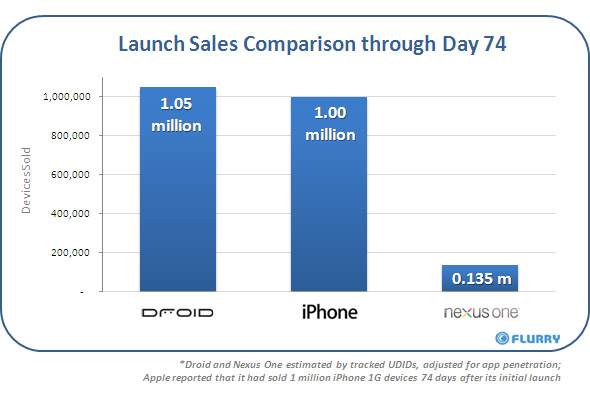Motorola Mobility, the mobile and data division of Motorola, yesterday released its first quarter financial results showing the company has increased its operating loss from this time last year. Motorola Mobility’s first quarter GAAP operating loss was $86 million, up from $81 million in 2011. The financial tables released seem to show that the increased costs of sales, administrative expenses, and research and development make up much of the increase. The Wall Street Journal is reporting that lagging phone sales are the culprit.
The Home division of Motorola Mobility, which provides voice and data solutions, is operating with a net gain, meaning the company’s mobile division is solely responsible for the loss. The Motorola Mobility CEO released a short statement that praised the Home division, but did not address the company’s growing operating loss:
“The introduction of RAZR™ MAXX marked another successful addition to the Motorola product family and contributed to our growth in smartphones. Our Home business delivered another solid quarter highlighted by improvement in year-over-year profitability,” said Sanjay Jha, chairman and chief executive officer of Motorola Mobility. “We continue to work closely with Google to complete the proposed merger during the first half of the year.”
It’s easy to see why Motorola is having to sink more money into their mobile division. Samsung has risen significantly in mobile markets over the past year, surpassing even Apple in smartphone sales. Also, the entire market for Android tablets has been disappointing, and was quickly dominated by Amazon’s Kindle Fire last year.
Meanwhile, Motorola Mobility is still awaiting approval for their merger with Google. The only country still holding out on approving the deal is China, which was expected to make a decision by March 20. Motorola stated that it expects the deal to go through before the second half of 2012, meaning within the next two months.
What do you think? Does Motorola have any chance to join the the mobile competition that seems to be ramping up between Samsung and Apple? Will the Google merger help them improve their Android devices, or is the Droid brand already falling behind? Leave a comment below and let us know.

 "Regargless of whether they opt for a data plan, consumers want richer user interface options," said Ross Rubin, executive director of industry analysis at
"Regargless of whether they opt for a data plan, consumers want richer user interface options," said Ross Rubin, executive director of industry analysis at